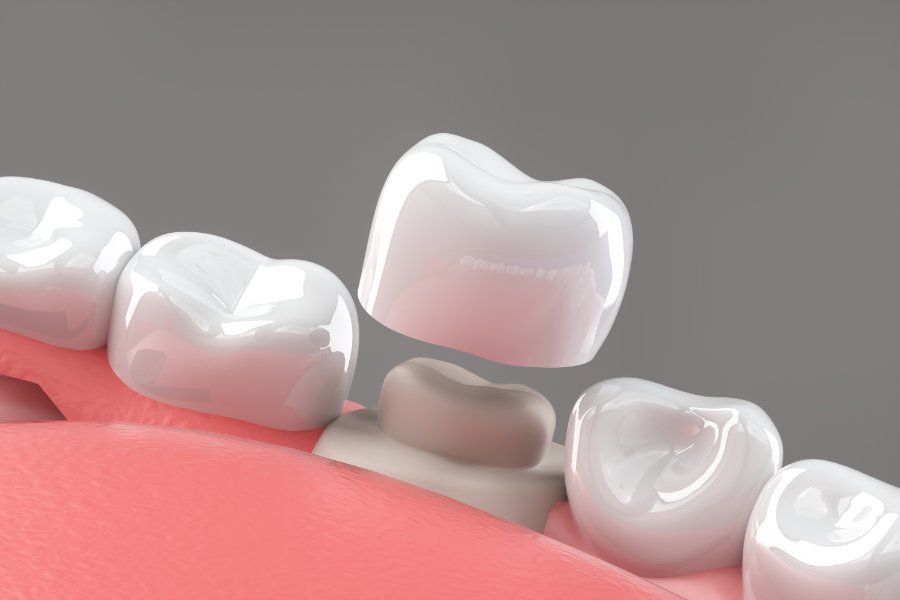A dental bridge fills the gap left by missing teeth, restoring both function and appearance. When a missing tooth isn’t replaced, the surrounding teeth can shift out of place, leading to misalignment, bite problems, and difficulty chewing or speaking.
Over time, the lack of support can also cause jawbone deterioration and changes in facial structure. A bridge prevents these issues by keeping your remaining teeth in their proper position while restoring your ability to eat and speak comfortably. It also helps distribute bite forces evenly, reducing strain on other teeth.
A dental bridge is made up of the following components:
Abutments: These are the supporting structures that hold the bridge in place. They can be natural teeth that are reshaped to anchor the bridge or small connector posts of dental implants.
Pontics: These are the artificial teeth that fill the gap left by missing teeth, restoring both function and appearance.
The number of abutments and pontics in your bridge depends on your needs and the type of bridge used. At Hampden Ave Dental, we customize each bridge to ensure a seamless, comfortable fit for your teeth.




